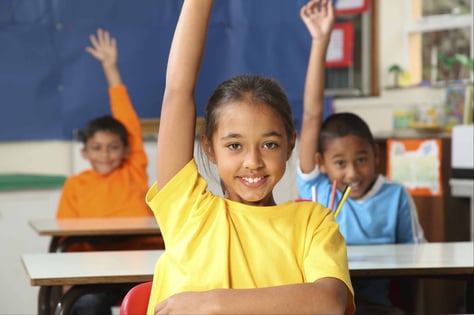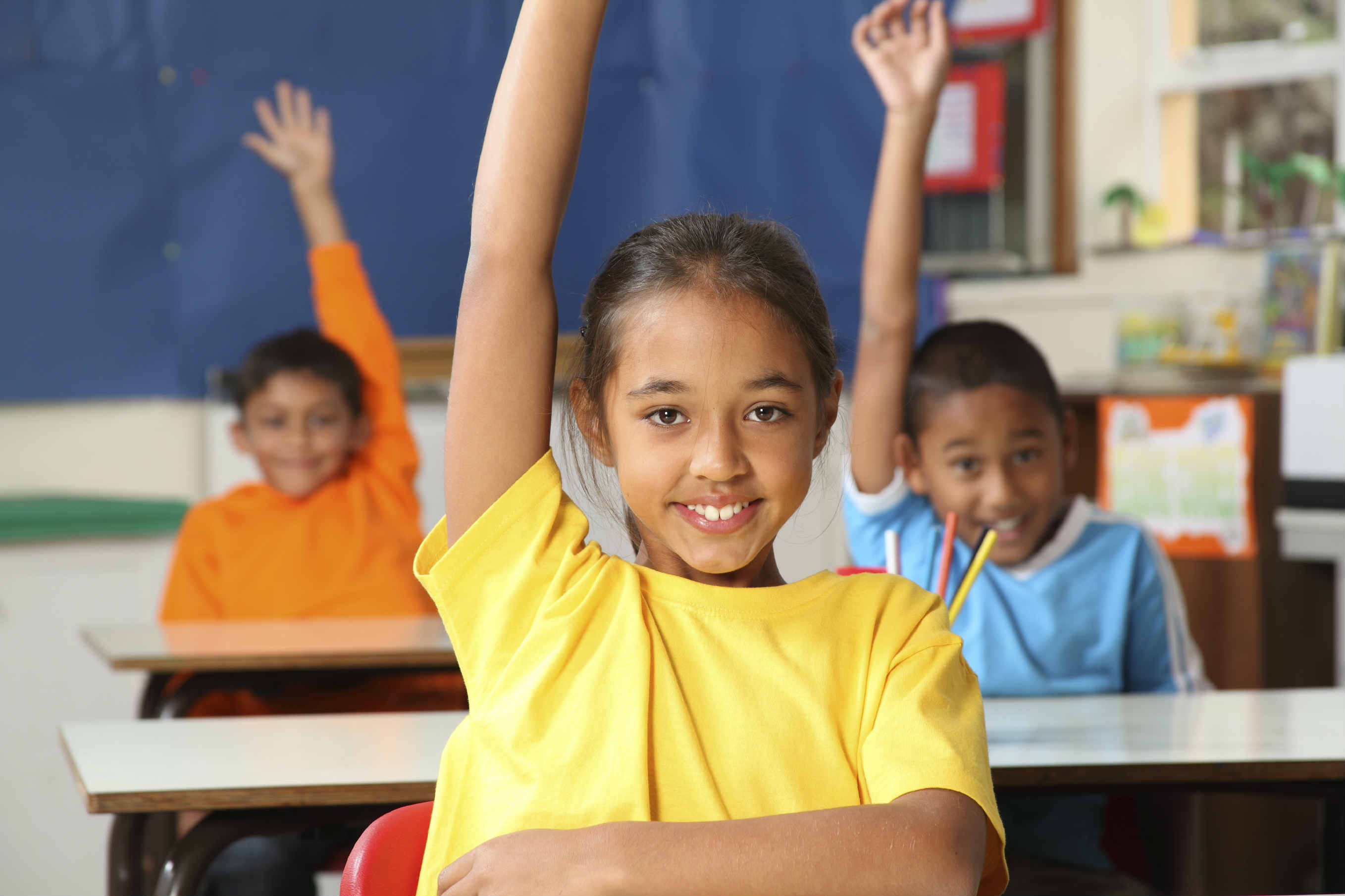By: Melissa Hughes, Ph.D. on January 20th, 2017
Promoting Meaningful Dialogue in Classroom Discussions
Student Engagement | VariQuest Tools: Perfecta 2400 | VariQuest Tools: Cutout Maker 1800 | student achievement

Think about the discussions that happen in your classroom. Are they frequent? Do all students participate or are they monopolized by a handful of students? Do you use discussion to merely check understanding or do you engage students into purposeful conversations to develop thinking?
Meaningful classroom conversations have always been important to teachers, but purposeful talk is not being recognized as an essential skill that must be taught. Knowing how to hold a rich content-based discussion takes social maturity, practice, and a bit of guidance. The Common Core Anchor Standards for Speaking and Listening provide a roadmap. They begin by asking students to “prepare for and participate effectively in a range of conversations and collaborations with diverse partners, building on others’ ideas and expressing their own” (SL.1). In the early grades, this first anchor standard focuses on interpersonal skills, but as they progress, the expectations shift to more complex skills such as asking clarifying questions, drawing conclusions, evaluating presented evidence and taking a position supported by facts.
There are some basic strategies that teachers can employ to set the stage for meaningful classroom conversations and deeper understanding.
Environment
When the physical environment changes, it is a cue to students that their participation is expected. For example, if your goal is for students to participate in a whole class instruction, arranging the desks in a circle signals that and sets the stage for eye contact and other rules of discussion.
Rich visuals in the classroom can also promote deeper understanding through dialogue. Though we use all of our senses to learning, seeing information is the most powerful for most students. Providing students with the opportunities to create those classroom visuals together in the form of posters, diagrams, graphic organizers, etc. enables them to make learning more meaningful and more permanent.
Making Meaning
Teachers can create routines that allow students to focus on making meaning. This includes modeling conversations that promote higher order thinking skills. Open-ended responses to student comments can help them connect the dots and foster content-rich discussions. Responses like the following can help students communicate deeper thinking and engage in discussions appropriately:
“What do you think about….”
“How do you know… “
“Why do you think so…”
Questions and Answers
After some intentional practice with classroom discussions, students will understand that they include questions and answers. One easy way to promote both is to give students two different colored chips. One is a question chip and the other is an answer chip. When they contribute to the conversation with either a question or an answer collect the chip. This communicates to the students that participation is expected from everyone. It also reinforces the concept that meaningful dialogue isn’t always about having the answers or being correct.
Student-made games and interactive study tools are other effective ways to encourage purposeful dialogue. Giving kids a variety of experiences that promote peer-to-peer conversation shifts the ownership of learning to the student while nurturing curiosity, exploration, and a quest for knowledge.
Meaningful dialogue incorporates both speaking and listening skills, and both are strongly linked to academic achievement. When students are able to articulate what they know, what they don’t know, and what they want to know, they are much more likely to retain the learning from the discussion and retrieve it later. Through academic discussion, students can build the content literacies that are essential for success in school and later in life.
About Dr. Hughes
 Dr. Melissa Hughes is the President and Founder of the Andrick Group and the author of Happy Hour with Einstein. She develops and delivers brain-based professional development opportunities for educators across the country.
Dr. Melissa Hughes is the President and Founder of the Andrick Group and the author of Happy Hour with Einstein. She develops and delivers brain-based professional development opportunities for educators across the country.
Looking for ways to easily create classroom visuals in the form of engaging posters to promote deeper understanding, or ways to encourage purposeful dialogue through interactive study tools? VariQuest® has the solutions you're looking for! Click below and we'll send you a FREE sample kit, and information on the VariQuest Visual and Kinesthetic Learning Tools.


